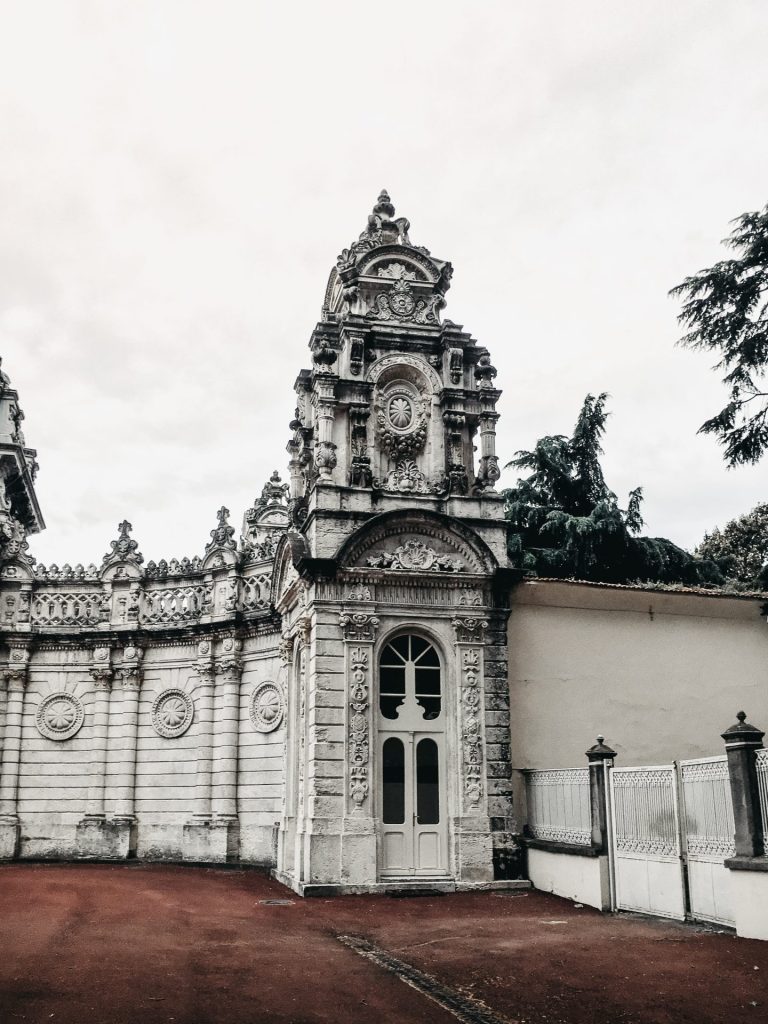Rococo architecture emerged in the 18th century as a reaction to the grandeur and formality of the preceding Baroque style. It originated in France during the reign of Louis XV and spread throughout Europe, particularly flourishing in countries like Germany, Austria, and Italy. Rococo architecture is characterized by its elegance, lightness, and ornamentation, often featuring asymmetry, delicate designs, and pastel colors.

Key features of Rococo architecture include:
- Ornamentation: Rococo buildings are heavily ornamented, with intricate decorations adorning every surface. These decorations include motifs such as scrolls, foliage, shells, and curving forms, often executed in stucco or carved into wood or stone.
- Asymmetry: Unlike the symmetrical and monumental structures of the Baroque period, Rococo architecture embraces asymmetry and irregularity. Buildings may have undulating facades, irregular floor plans, and whimsical shapes.
- Lightness and Grace: Rococo architecture aims to create a sense of lightness and grace, often achieved through the use of slender columns, delicate arches, and airy interiors. The emphasis is on creating spaces that feel light, airy, and inviting.
- Pastel Colors: Rococo interiors are often decorated in soft, pastel colors such as pale pink, blue, green, and cream. These colors contribute to the overall sense of lightness and elegance in Rococo design.
- Curvilinear Forms: Rococo architecture favors curvilinear forms and fluid lines, in contrast to the more geometric and rigid forms of Baroque architecture. Curved walls, arches, and decorative elements are common features of Rococo design.
- Intimate Spaces: Rococo architecture often creates intimate and cozy spaces, with an emphasis on comfort and luxury. Rooms are often designed for socializing, entertaining, and relaxation, with comfortable furniture and opulent furnishings.
Notable examples of Rococo architecture include the Palace of Versailles in France, the Würzburg Residence in Germany, and the Schönbrunn Palace in Austria. Rococo architecture had a significant influence on interior design, decorative arts, and even fashion during the 18th century, and its legacy continues to inspire designers and architects today.

